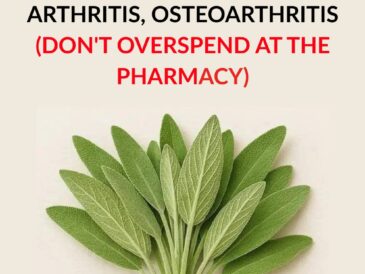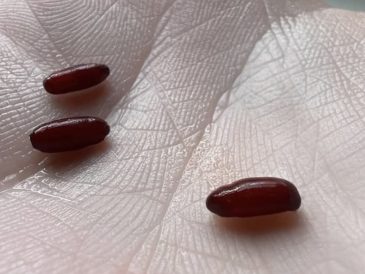⚠️ Even If They Are Given for Free, You Shouldn’t Take Them
Sometimes, we’re offered things that seem too good to pass up — free furniture, free appliances, or even free food. But as the old saying goes, “not everything that’s free is worth taking.” In fact, some “free” items could end up costing you your health, safety, or even your peace of mind.
Here’s why you should think twice before accepting certain free items, even if they look tempting.
🪑 1. Old Mattresses and Sofas
Secondhand mattresses or couches might look fine on the outside, but they can be full of bedbugs, dust mites, and mold. These pests are extremely hard to get rid of and can quickly spread through your home.
Even with cleaning, the risk remains — especially with upholstered furniture. Bedbugs can survive for months without feeding, and their eggs hide deep in seams where cleaning can’t reach.
👉 Better option: Buy new or certified refurbished furniture. If you must take used items, disinfect them thoroughly with steam and sunlight.
🧴 2. Open or Expired Cosmetics
Free makeup or skincare products might seem like a nice gift, but if they’re old, opened, or past their expiration date, they can harbor harmful bacteria. Applying contaminated products to your skin can cause irritation, breakouts, or infections.
Cosmetics lose their effectiveness over time, and preservatives break down — especially in warm climates.
👉 Better option: Stick to sealed, in-date products or natural DIY beauty alternatives like honey masks or aloe vera gel.
🍲 3. Home-Canned or Unlabeled Foods
Homemade canned goods can look appealing — but unless you personally know how they were prepared, they can pose a serious food safety risk.
Poorly canned food can contain botulinum toxin, one of the most dangerous poisons known. Just a small amount can cause severe illness or death.
👉 Better option: Only accept canned or preserved foods from trusted sources or brands that follow safe preparation standards.
💻 4. Old Electronics and Appliances
That “free” microwave, computer, or fridge might not be a bargain after all.
Outdated electronics can consume huge amounts of electricity, leak hazardous materials, or even pose fire risks due to old wiring.
👉 Better option: Always check if the product has been inspected or certified safe. Sometimes, paying a little for a newer, energy-efficient model saves you more in the long run.
👚 5. Used Shoes, Helmets, or Undergarments
These are items you should never take secondhand. Used shoes can carry fungus and bacteria that lead to foot infections. Helmets may look fine but could have unseen internal damage that makes them unsafe. Undergarments, for hygiene reasons, should always be bought new.
👉 Better option: For thrifted clothes, always wash them in hot water with disinfectant. But avoid shoes, helmets, and underwear entirely.
🧸 6. Old Children’s Toys and Cribs
Vintage toys and baby furniture might look charming, but they often don’t meet modern safety standards. Some older toys contain lead paint or small parts that can be choking hazards. Old cribs may have loose slats or unsafe spacing.
👉 Better option: Choose toys labeled “BPA-free” and cribs that meet current safety certifications.
🏠 7. Free Items Left on the Street
It’s common to see “FREE” signs on furniture or boxes left curbside. But be cautious — these items can carry bedbugs, cockroaches, or mold spores, and might have been discarded for a reason.
👉 Better option: Inspect anything thoroughly outdoors before bringing it inside. When in doubt, leave it behind.
💡 The Bottom Line
Just because something is free doesn’t mean it’s safe or clean.
Many of these items could bring unwanted pests, germs, or safety hazards into your home — and what seems like a good deal might end up being an expensive mistake.
Sometimes, the smartest thing you can do is simply say “no, thank you.”
Protect your health, your home, and your peace of mind — because some things are better left where they are.





